An Inclusive Update: When an Emoji is Worth a Thousand Words
Rebecca Langbein, Thomas Jefferson University
I’m not one to peruse Buzzfeed during the workday, but when I saw the headline indicating that a new round of emojis had been released, I couldn’t control myself. I’d been looking forward to this day for many months, and I knew what this meant. This was a big day! I immediately ran to my phone and downloaded the update that would open up a whole new, more inclusive world for iPhone users everywhere.
You’re probably wondering what makes this particular round of new emojis so special. Though I am a fan of emojis overall (who doesn’t like to add a little pizzazz to their texts?), I had my eye on this latest update because a few symbols are now included that represent a huge win for many of the individuals we work with as occupational therapy practitioners.
Included in the update are gender-inclusive emojis, now extending beyond cisgender male and female images. Additionally, there are now options that depict users of both power and self-propelled mobility devices, individuals who communicate using sign language, and individuals who use sight-seeing canes, in addition to prosthetic limbs and hearing aids.
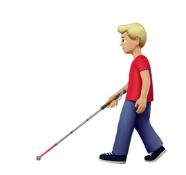 |
 |
 |
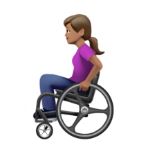 |
 |
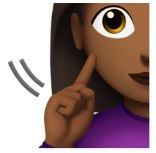 |
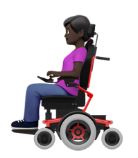 |
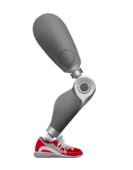 |
When I downloaded the update and got to use these emojis for the first time, my mind flashed back to some of the children I had worked with during fieldwork. I remembered watching these children text their friends from hospital beds and scrolling through pages of emojis, perhaps never seeing a person like them. I stopped to consider how different it would feel to finally be able to send an emoji that reflects a part of them that had previously gone unnoticed. I would argue that the ability to do so is culturally significant and can powerfully impact the social participation of some of our clients.
For example, the inclusion of these emojis can empower some of our clients to participate in virtual environments and virtual forms of social communication where they had previously felt unwelcome. If I were still at my pediatric fieldwork site, I would certainly be looking for opportunities to incorporate typing and using these emojis into my interventions. Composing and sending text messages and emails is a valued activity in the daily routines of most people, especially many younger clients. At a time when the cellphone is involved in almost all of our daily occupations, we can expect that even something as seemingly simple as this emoji update can make real positive changes in our clients’ lives.
Not only is this emoji update a huge step in the direction of inclusive and equitable technological design, but it also presents an opportunity for advocacy and awareness within and outside of the OT community. The addition of inclusive emojis represents an important example that AppleTM has set for other companies, signifying that it is no longer acceptable to leave individuals of varying gender identities and abilities out of mainstream culture.
Whether people choose to use these new emojis or not, I believe in the power of their simple existence. By just being there in the queue as equals with all of the others, these emojis represent a whole host of individuals who, like their little technologically rendered images, are no longer unseen and who offer great value and worth to our world. They say a picture is worth a thousand words, and in this case, I would argue an emoji might be worth even more.
From https://www.apple.com/newsroom/2019/07/apple-offers-a-look-at-new-emoji-coming-to-iphone-this-fall/
Rebecca Langbein is in her second year of OT school at Thomas Jefferson University. An avid runner, dedicated daughter and sister, self-proclaimed “OT geek,” and bookworm, Rebecca is constantly inspired to learn about all of the things OT practitioners can do to empower clients and even communities. Having studied engineering, psychology, and ethics during undergraduate studies at Lehigh University, her dream is to someday blend her passions in order to design equipment and technologies that will enhance participation for people with varying needs. She is proud to be entering the profession at this pivotal moment and is open and excited to see where her OT journey takes her.